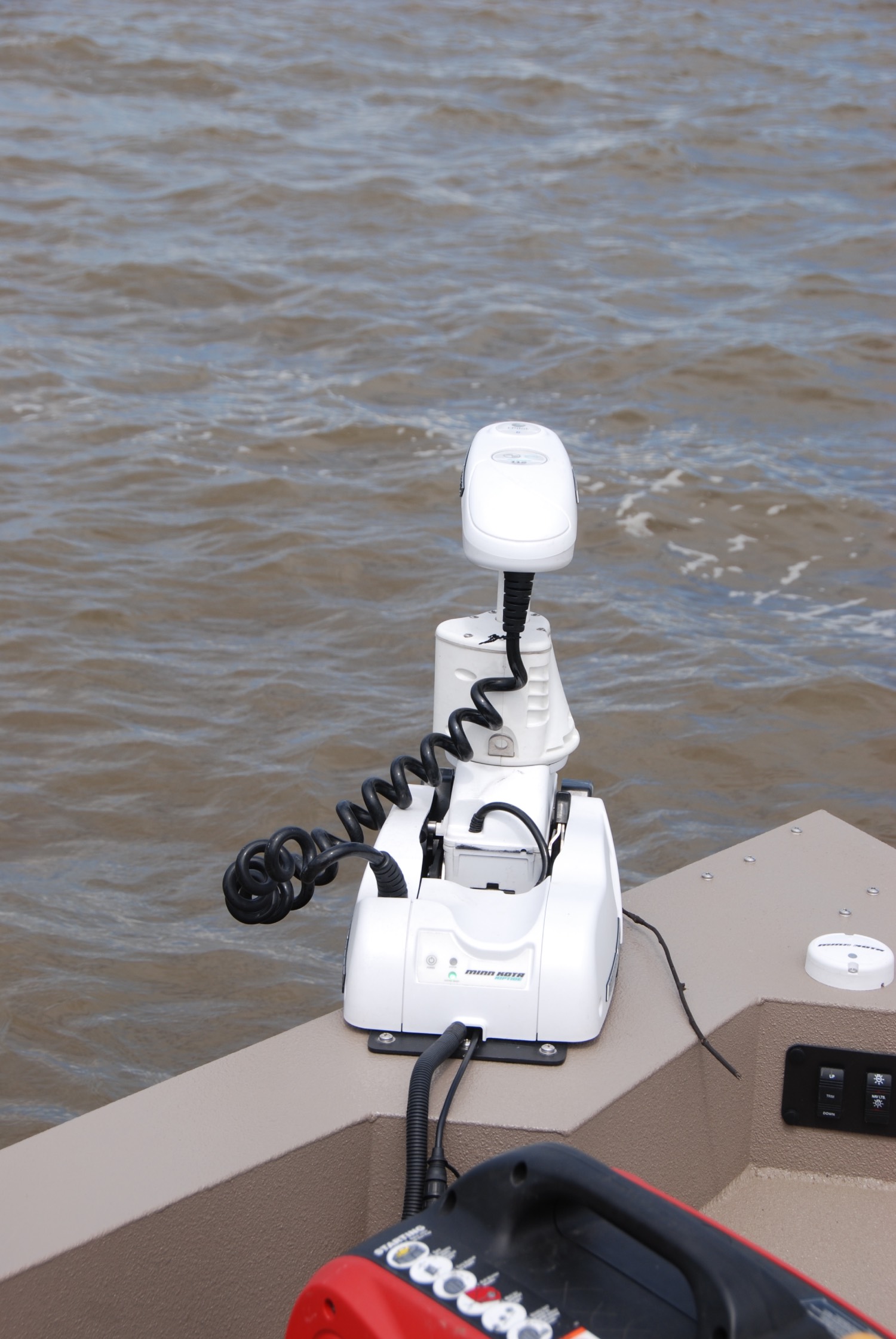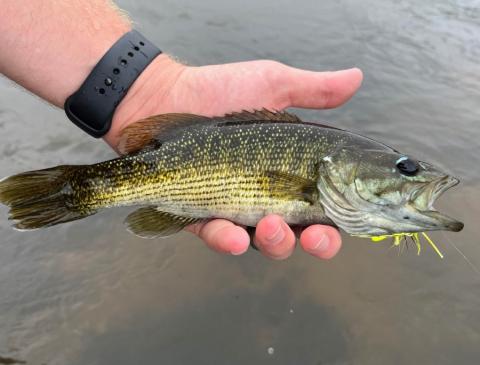Phillip Gentry
With the summer boating season upon us and lots of people taking to the water, knowing how and where to anchor a boat is a very valuable skill. Without any type of parking brakes, about the only way boaters can keep the craft in one place is through the use of an anchor.
Properly anchoring a boat is more than just tossing out the anchor and tying it to the boat.The type of anchor you use will be determined by the size of your boat, the bottom composition you’ll be anchoring over, and any wind, tide or current you may encounter while anchored.
Types of Boat Anchors

For most passenger vessels less than 30 feet in length, grapnel, navy, or Herreshoff anchors are useful for anchoring small boats to hard bottoms. A Danforth anchor may the best choice for sand or mud bottoms and less common bottoms may require specialized anchors for best results, such as a claw anchor in gravel.
Best Anchoring Rope Practices
The rope used for anchoring your boat is commonly referred to as anchor rode. Nylon rope, which comes in a variety of styles, and strengths, is the most common rope. Few Upstate residents will use solely chain to anchor a boat, but a short 5 – 8 foot length of chain attached directly to the anchor assists greatly with helping set the anchor and prevent the nylon rope from chafing on underwater objects as the boat swings on anchor.
A good rule of thumb for sizing the diameter rope you’ll need is to allow 1/8 inch diameter for every 10 feet of boat. (Example a 1/8” rope for boats under 10 feet, ¼ “ for 20 feet, 3/8 “ for 30 feet etc.) When in doubt, going up a size or two in anchor line diameter or anchor weight is a good idea.
Proper anchoring dictates a length of rope 7 times the depth of the water you’ll be anchoring in to securely anchor your boat (less if you use chain). Best practice is to motor over the area first to check the depth on your chart of sonar them motor upwind or upcurrent to drop anchor.
Let out approximately 1/3 of your anchor rope and allow the boat to straighten up, a slight tug may start to secure the anchor to the bottom. Then let out another third and allow the boat to settle. After letting out all the line, pull on the anchor rode solidly to set the anchor, then tie the line off to a cleat on the bow of the craft. Once secure, the motor can be used to snub the anchor by pulling against the line in reverse.
Quick Tips
Never anchor so close to a stationary object or other boat that the two objects may collide as the vessel swings on the line with changes in current or tide. Periodically check fixed positions on land or by GPS to ensure the anchor is not slipping.
Never tie the anchor line directly to the boat in the event you have to undo the mooring in an emergency situation. Wrapping the line around the boat cleat then looping the line back over the cleat in a figure 8 solution will securely hold the craft in place and can be loosened quickly.
When exiting an anchored position, it’s best to motor the craft up current well beyond the anchor point then pull the line toward you (using the power of the boat if necessary) to release the grip of the anchor.
While long term or overnight anchoring is best done with ropes and hardware, short term anchoring can also be done with advanced technology. Several trolling motor manufacturers, in response to the demands of anglers of all walks, have enhanced today’s electric trolling motors with specialized hardware and software algorithms that hold the boat tight to your fishing location.
Electronic GPS Anchors

Through integrated GPS technology, these new trolling motors offer some of the most accurate electronic GPS anchors ever.
In addition to the ability to lock the boat in one place using only the trolling motor, additional functions also allow anglers to move the boat from the original GPS mark and jog ahead several feet or move backward, left or right – just by pushing a button.
The micro adjustment feature of these motors is controlled entirely by remote control allowing the angler to reposition the boat without touching the trolling motor foot pedal.
Fans of fishing at anchor, ranging from bass to crappie to catfish anglers, tout both the GPS anchoring and micro-adjustment capabilities as a systematic way to pick apart a piece of structure or fishing location without leaving gaps that re-anchoring or picking up the trolling motor would allow.
Using this new technology, the days of hauling in hundreds of feet of cold, muddy anchor line, trying to wrangle it all into one compartment without creating a patchwork of tangles, and fighting to unhook anchors stuck in bottom contour, are left behind.






























